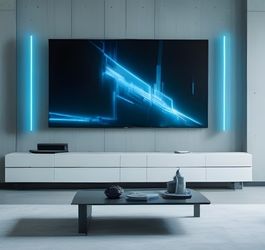As we step into 2025, the technology is more advanced and the options are more diverse than ever. Choosing the right TV is no longer a simple decision—it's an investment in your daily viewing experience for years to come.
At Sheeel.com, we don't just sell you a product; we empower you with the expertise to make the best choice. This guide is your expert friend, here to simplify complex terms and guide you to the smart TV that perfectly meets your needs.
Why is 2025 a Pivotal Year for Smart TVs?
The year 2025 marks the maturation of technologies that were once luxuries. Fierce competition has led to incredible improvements in picture quality, processing speed, and OS intelligence. Today, you can get a stunning cinematic experience at home for a reasonable price, provided you know what to look for.
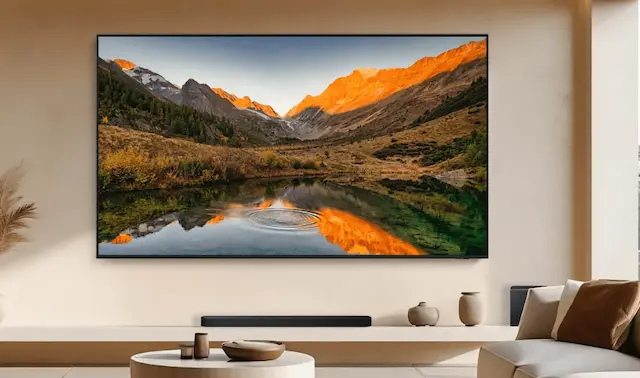
2025 TVs transform your living room into a smart, integrated entertainment center.
The First Step: How to Choose the Perfect Screen Size
The first rule of choosing a TV is: size matters. But "bigger" isn't always "better." The ideal size depends on your room size and viewing distance.
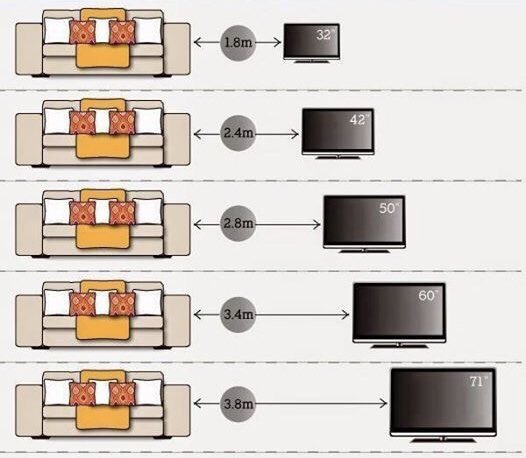
Find your perfect size: a simple formula for the best viewing experience.
A Simple Formula: Measure the distance from your seat to the TV (in cm) and multiply by 0.84. The result is your ideal screen size in inches.
- For Large Rooms: For an immersive experience, large screens like the 75-inch Powerey TV or the massive 85-inch Skyworth TV deliver a true cinematic feel.
- For Mid-Sized Rooms: Screens between 55 and 65 inches are the most popular and balanced choice.
- For Special Uses: Need a screen for a bedroom or kitchen? The 24-inch portable Skyworth TV is a brilliant, practical solution.
Decoding the Tech: The Real Difference Between OLED & QLED
This is the heart of any modern TV. Understanding the difference will shape your decision.
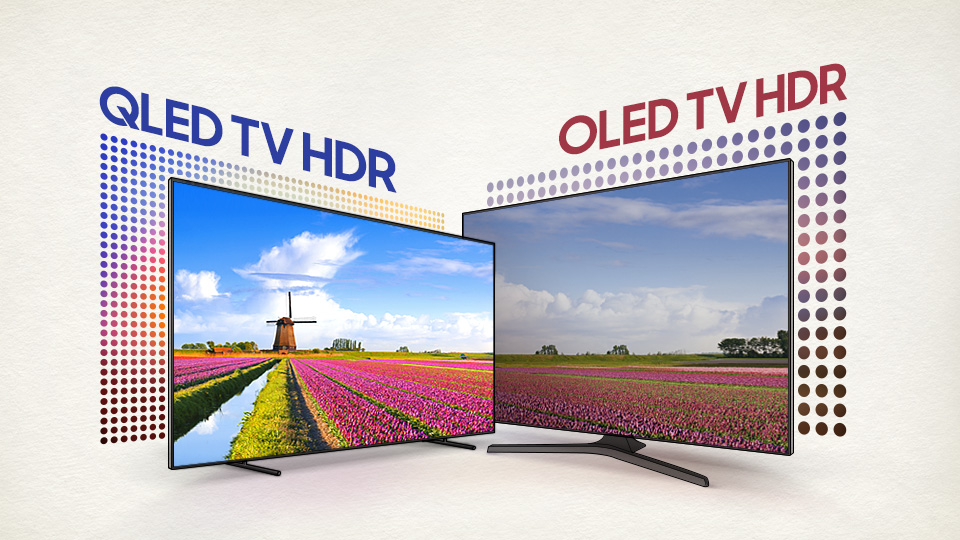
OLED for perfect blacks, QLED for superior brightness. Each technology has its own beauty.
OLED (Organic Light Emitting Diode)
Imagine every pixel lighting up independently. This means OLEDs can achieve perfect, true black by turning pixels off completely, resulting in infinite contrast and stunningly accurate colors.
- Perfect for: Movie lovers wanting the best picture quality, especially in dark rooms.
- Example from Sheeel: The 55-inch Samsung OLED TV offers unparalleled color depth and realism.
QLED (Quantum Dot LED)
This technology uses a layer of quantum dots to enhance the brightness and color of traditional LED screens, resulting in exceptionally rich colors and high brightness levels.
- Perfect for: Viewing in bright rooms, watching sports, and gaming.
- Examples from Sheeel: The 75-inch Hisense QLED TV delivers brilliant colors, while the 85-inch Xiaomi QLED TV is a gamer's dream.
Is it Time for 8K? A Realistic 4K vs. 8K Comparison
Resolution refers to the number of pixels on the screen. The higher the number, the sharper the image.
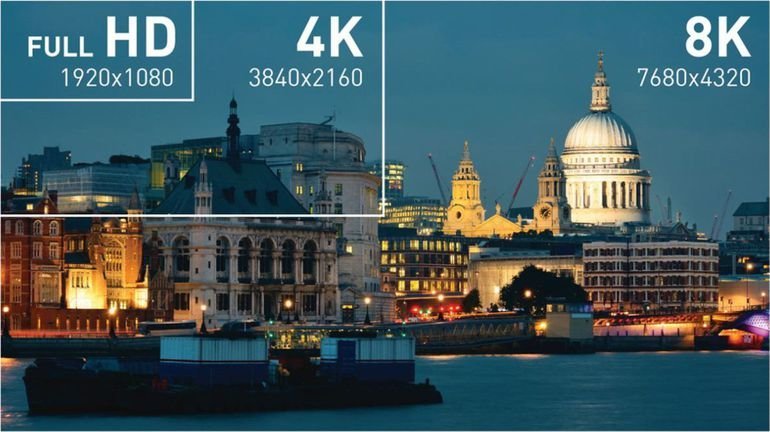
4K is the smart choice today, offering stunning detail for most available content.
- 4K (Ultra HD): With 8.3 million pixels, 4K is the standard for most content and TVs, like the 58-inch Wansa Smart TV. It provides excellent clarity and is the smart choice for most users.
- 8K: Contains a staggering 33 million pixels! While amazing, native 8K content is still very rare.
Our Advice for 2025: Focus your budget on a high-spec 4K TV (OLED or QLED) rather than an entry-level 8K model. Pixel *quality* is more important than pixel *count* right now.
5 Key Tech Specs That Define Your Viewing Experience
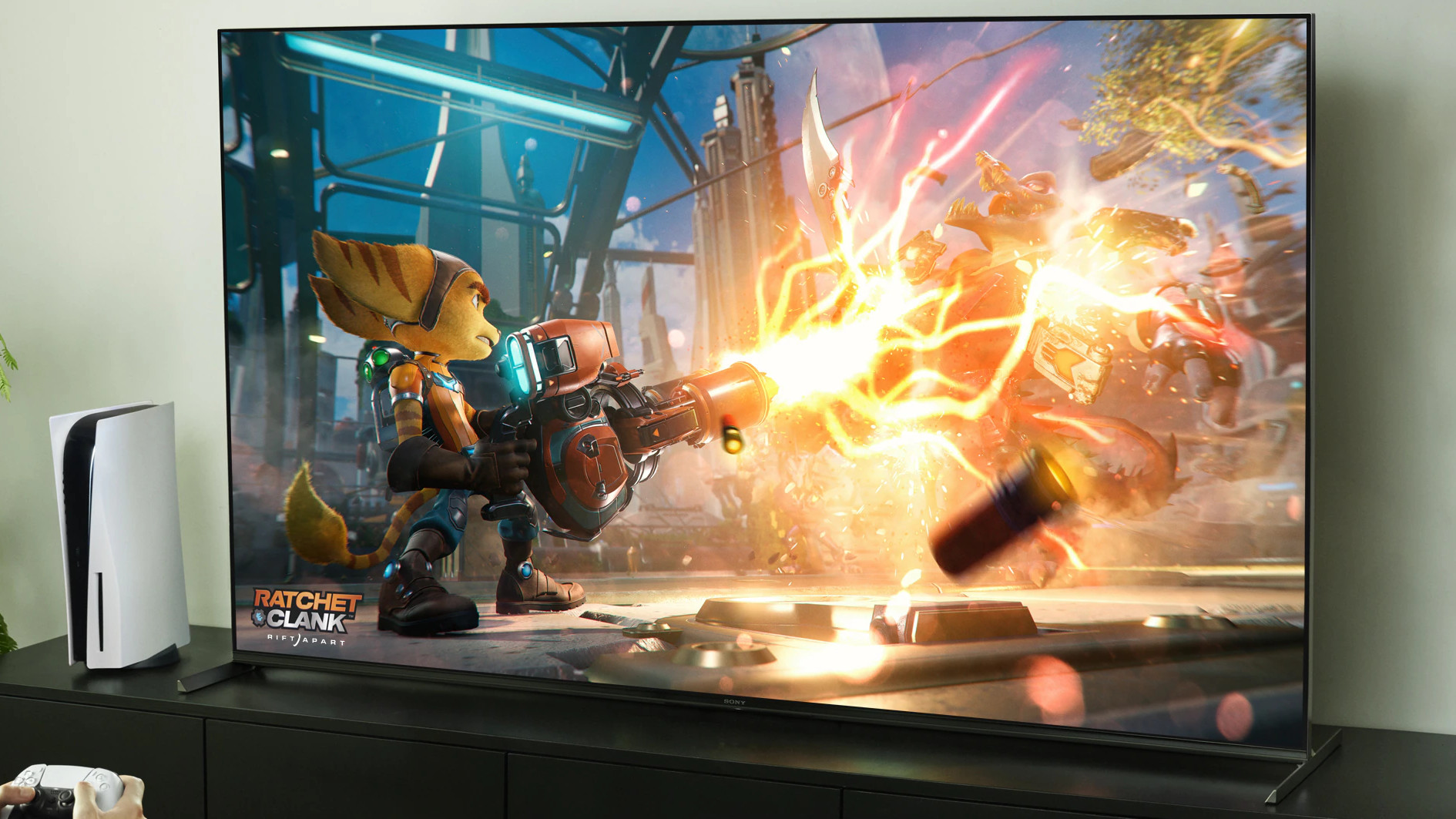
Technical specs are the secret to an immersive experience for gamers and movie fans.
- Refresh Rate (Hz): The number of times the image updates per second. 120Hz or 144Hz provides much smoother motion, crucial for sports and gaming.
- HDR (High Dynamic Range): Expands the range of color and contrast, making scenes look more lifelike. Look for HDR10+ or Dolby Vision support.
- HDMI 2.1 Ports: Essential for PS5 or Xbox Series X gamers, allowing 4K signals at 120Hz for ultra-smooth gameplay.
- Image Processor: The TV's "brain." A powerful processor upscales content, reduces noise, and optimizes colors.
- Audio Quality (Dolby Atmos): Many modern TVs support Dolby Atmos for three-dimensional surround sound.
Android, Tizen, or WebOS? Choosing the OS You Won't Regret
The operating system is your TV's interface for apps and settings.
- Android TV / Google TV: Features a massive app store and built-in Google Assistant/Chromecast. Found in brands like Skyworth and Wansa.
- WebOS: LG's exclusive OS, also used by **Powerey**. Known for its simple interface and pointer-like Magic Remote.
- Tizen: Samsung's fast and user-friendly OS.
The choice is personal, as all modern systems offer great performance and support major apps.
Complete the Experience: Don't Forget the Accessories
The right accessories can elevate your experience. Here are some add-ons we recommend at Sheeel:
- For Cinematic Sound: A soundbar is a game-changer. Try the Wansa 2.1 Channel Speaker System.
- To Make Any Screen Smart: Instantly upgrade any old TV with the Xiaomi TV Stick 4K.
- For the Best Picture Quality: Ensure lossless signal with a high-speed Terminator 8K HDMI 2.1 Cable.
- For a Clean Wall-Mounted Look: Save space with a TV Wall Mount.
- For a Unique Ambiance: Add magic to your room with an NHE Backlit TV RGB LED Strip.
- To Connect Your Devices: Display your laptop screen with the Yesido USB-C to HDMI/VGA adapter.
The Expert's Summary: Sheeel's Top TV Recommendations
Still undecided? We've summarized our top picks for you:
- For the Ultimate Cinematic Experience: Look no further than the Samsung OLED TV.
- For Gamers and Sports Fans: The Xiaomi QLED TV with its 144Hz refresh rate is your best bet.
- For the Best Value in a Huge Size: The 98-inch Powerey TV will turn your living room into a private cinema.
- For Smart, Practical Solutions: The Wansa Android TV offers great features at a great price, while the portable Skyworth TV provides unmatched versatility.
Frequently Asked Questions
What is the average lifespan of a smart TV? +
Most modern smart TVs have a lifespan of 7 to 10 years, depending on usage.
Do I need to buy a soundbar? +
While TV speakers have improved, an external soundbar is an excellent investment for an immersive audio experience that matches the picture quality.
How do I connect my phone to the TV? +
Most smart TVs support technologies like Chromecast (for Android) or AirPlay (for iPhone) to easily mirror your phone's content on the big screen.
Ready to Make Your Choice?
Now that you're equipped with all the necessary knowledge, it's time to choose the TV that will transform your home entertainment. Browse our full collection and find your perfect screen today.
Browse All TVs on Sheeel
